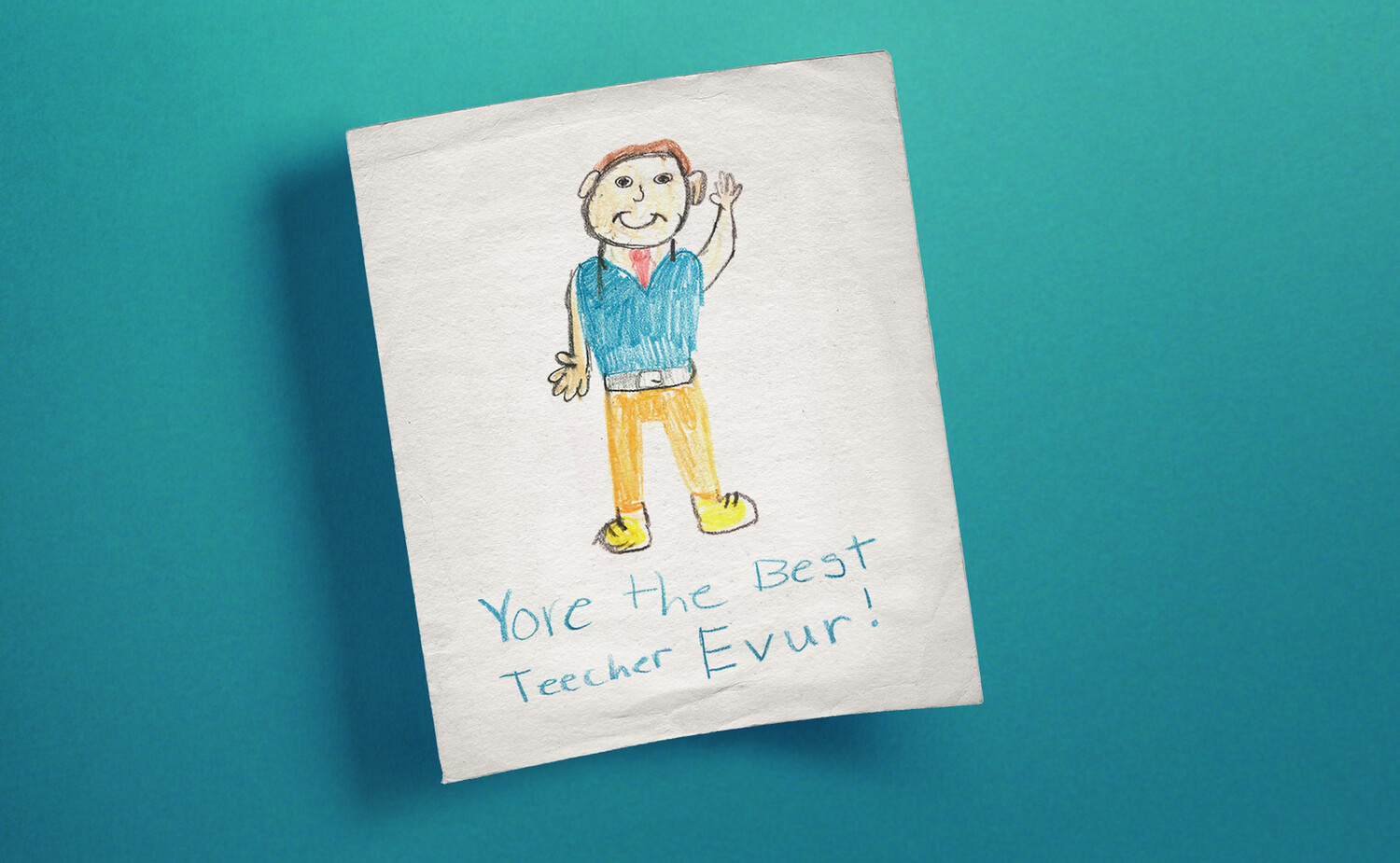Are you a “Type A” organizer? Someone for whom organization comes easily? If you love binders and pocket folders and file cabinets, it’s hard to imagine anyone who wouldn’t. I mean, they bring order to chaos, right? Well, not exactly.
Things like binders and pocket folders and file cabinets are tools. They don’t “bring” anything unless they’re the right tools for us. And, for some kids, they aren’t the right tools.
You know the kids I’m talking about . . . The kids whose papers never quite make it into their binders. The ones who open the pocket folder and tuck the paper in—but not in either pocket. The ones whose homework gets handed in crumpled from being smushed in the bottom of the backpack or the back of the desk. Yet, we keep exasperating ourselves—and them—trying to make the same tools work every year for every student.
The truth is, organization is not a one-size-fits-all proposition. Each of us brings personal and organizational styles to the table (and the desk and the backpack). Similarly, we have defaults when it comes to how we organize our things. Those with a “drop and run” organizational style leave a trail, and are able to retrace their steps to find what they need. Those who “cram and jam” tend to put everything in the same place, where it gets rumpled, crumpled and smushed, but can generally be retrieved. And those with an “I know I put it somewhere” organizational style put things in places so safe that retrieval is nearly impossible.
Sound like anyone you know?
These styles aren’t unique to kids, and they aren’t habits we should try to break. Instead, they are the foundation on which we can help our non-traditional organizers build sustainable organizational solutions. Using these styles, we can help them find homes for their things—places that keep things from being smushed, crushed, and torn—and bring an order that makes sense to the owner of the paper, the folder, the textbook, and the pencil.
Many teachers are “Type A” organizers. We’re responsible for so many things and so many people that, without a system, things quickly fall apart in a terrifying sort of way. But just as we can teach those who don’t learn the way we do by adjusting our instruction, we can also support the organizational styles of those who organize differently. When we do this, we help our students improve their skills and, perhaps even better, rebuild their confidence. Often, those who struggle with organization have lost faith in their own abilities, whether due to labels slapped on them by other people (like “disorganized”) or a sinking sense of failure that arises the first time they put the paper in the wrong place. This feeling is then fed daily as they struggle to do what everyone else seems to do so easily.
Are you thinking that it’s not just kids who struggle with this? Well, you are right. But, if we can teach kids to value and honor who they are—and how they organize—we can keep them from being adults who feel hopeless when it comes to this very important life skill.
So. Where do we start?
- Honor their styles. We don’t need to agree with our students’ styles. We simply need to respect them. For example, taking a moment to chat with an “I love stuff” student who can’t part with her two-inch long pencil can give us some insight (and perhaps some suggested solutions besides just “toss it!”). Or, helping our “I love to be busy” students build organizational time into a day jam-packed with activities can lay the foundation for managing conflicting demands in a busy life. Recognizing and valuing different styles often leads to problem-solving rather than criticism and frustration.
- Ditch the one-size-fits-all approach. Does every student have to use binders and pocket folders? While we might insist on one particular tool with primary students, if that tool hasn’t taken root by third grade, maybe it’s the wrong tool for that student. Teaching the concepts of organization (items need consistent homes, for example) is more important than insisting that one specific tool will always do the trick.
- Model, but don’t insist. If binders work for you, don’t just use them, explain them. Help students for whom these skills don’t come naturally understand the why behind your choices so they can better understand what may or may not work for them. If a neatly divided binder allows us to separate notes and packets by subject or topic, can another tool (an accordion folder, for example) accomplish the same thing? When it’s clear a tool isn’t working for a student, help him/her analyze why it’s not working and what might work better.
- Help them try new things, a little at a time. Overhauling an entire system is overwhelming for even the most naturally organized among us. Try introducing new tools one at a time. If that pocket folder labeled “take home” on one side and “bring back” on the other isn’t doing the trick, perhaps try colored file folders instead (red for take home and blue for bring back). If these work, tackle the next tool that’s not earning its keep.
A retired school counselor, Lisa Lawmaster Hess teaches psychology at York College of Pennsylvania. Lisa is the author of Acting Assertively, Diverse Divorce, and two novels. Her latest book is Know Thyself: The Imperfectionist’s Guide to Sorting Your Stuff.
